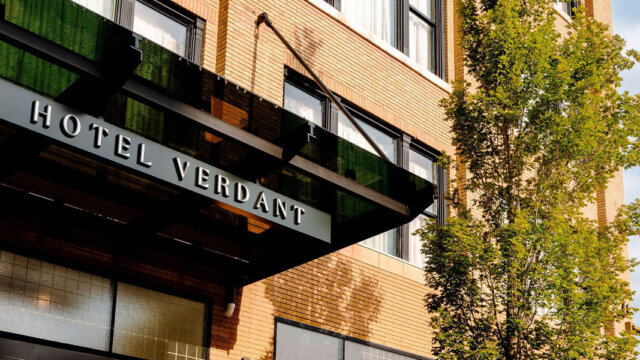By Gavin Royster
Although the coronavirus pandemic brought the tourism industry to a grinding halt, certain areas of the hotel development sector have continued to progress despite the disruption brought on by the virus. As we continue to navigate these uncharted waters, we’re forecasting that the development landscape will shift in ways to further accommodate what the “post-pandemic” traveler is looking for. Below are a few markets developers are eyeing for opportunities, along with tips on navigating the ever-evolving development process.
Development Opportunities: Mountains, Beach Destinations and National Parks
The pandemic has further fueled travelers’ preferences for wide open spaces over bustling, congested cities. This includes areas such as the Appalachian Mountains, beaches across the Southeast and markets near national parks in the Mountain West. We’re noticing that travelers want to be far away from dense populations, but also don’t want to travel too far to make that happen. A location offering ample outdoor space within a reasonable drive from a city with a sizable population base is the sweet spot for future hotel development.
While the long-term effects of the virus on tourism are still unknown, we feel strongly that the increased consumer appetite for drive-to destinations with opportunities to connect with nature is a trend that’s here to stay. At this point, corporate and group travel will be much slower to come back, so immediate development focuses are, and should be, on destinations that cater toward leisure travelers and meet their desires to embrace the great outdoors.
Why Hoteliers Should Consider Developing Now
Although the hospitality industry has been hit extremely hard this year, that shouldn’t necessarily discourage hoteliers from getting into the development game. So long as developers can secure financing, which may require creative and nontraditional means currently, now is actually a good time for development. With construction timelines of at least 12 months and full development timelines materially longer, anyone who begins developing now would be opening during the tourism recovery period.
Does this time lag mean that around the time of hotel opening that some travelers who traditionally traveled by plane to more established, further flung destinations will go back to doing so? Absolutely. However, that doesn’t mean the current trends for drive-to, leisure markets won’t stick to a meaningful extent. The pandemic has caused consumers to rethink their travel plans and experience new and different markets. Developing in these markets allows those travelers whose preferences have been permanently altered an opportunity to enjoy a thoughtful, curated and boutique experience closer to home—something that was previously less available to them. The new hotels developed will have longevity and staying power because the boutique and localized nature of the product will reach guests of varying interests (i.e. luxury travelers, outdoor explorers, couples, foodies, etc.).
Tips for Knowing Where to Develop
The reasons for choosing where to develop are varied and unique, and often include factors beyond what’s trending in the industry. A good “checklist” to adhere to when navigating where to develop next should include assessing what the market already has to offer. Be sure to understand the demographics of the location, what the comp set looks like (if there is one) and if the property you’re considering would be able to “make its mark” on the destination.
If the pandemic has reinforced anything, it’s that the appetite for thoughtful and engaging travel isn’t going anywhere. Developers should use this time to explore their own backyards and those often “overlooked” areas that might have previously been passed through on the way to that big city or buzzed-about tourist town. They might be pleasantly surprised to find an up-and-coming area ripe for development.
Gavin Royster is director of development at Charlestowne Hotels.
This is a contributed piece to Hotel Business, authored by an industry professional. The thoughts expressed are the perspective of the bylined individual.




